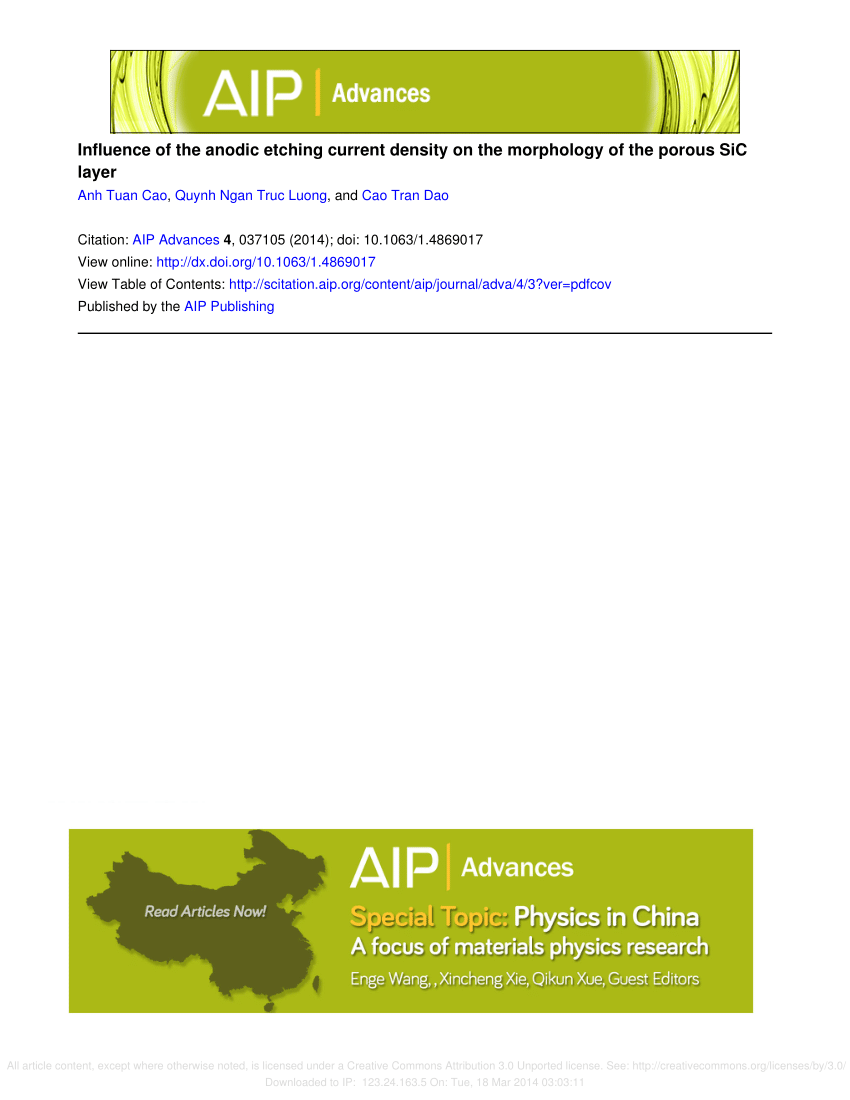为电动汽车设计无线充电系统
IF 1.4
4区 物理与天体物理
Q4 MATERIALS SCIENCE, MULTIDISCIPLINARY
引用次数: 0
摘要
为解决燃料依赖和空气污染的双重问题,本研究介绍了一种以太阳能为动力、专为电动汽车(EV)充电站设计的无线地对车充电系统。随着道路上电动汽车数量的稳步增长,电动汽车提供了一种可行的方式,即从传统燃料转换为更经济、更可持续的电能,从而降低旅行费用。随着无线电动汽车充电系统的推出,这种创造性的解决方案不再需要外部电源,而且可以在不影响驾驶的情况下持续充电。利用太阳能,该充电系统集成了太阳能电池板、电池、电路调节器、升压转换器、接收器和发射器铜线圈、AC/DC 转换器、微控制器(如 ATmega)、液晶显示屏和电路调节器。本研究介绍的技术表明,在行驶过程中为电动汽车充电是可行的,而且无需停车。这项太阳能电动汽车无线充电技术为可持续交通提供了一种具有前瞻性的方法,它提供了一种易于纳入道路基础设施的可行解决方案。此外,还为无线充电提出了各种线圈设计建议。本文章由计算机程序翻译,如有差异,请以英文原文为准。
Design of wireless charging system for E-Vehicle
To address the dual problems of fuel reliance and air pollution, this study describes the design of a wireless ground to vehicle charging system powered by solar energy and specifically designed for electric vehicle (EV) charging stations. As the number of electric vehicles on the road steadily rises, they present a viable way to cut travel expenses by switching from conventional fuel to electricity, which is a more economical and sustainable option. With the introduction of a wireless EV charging system, this creative solution does away with the need for external power sources and permits continuous charging without interfering with driving. Utilizing solar power, the charging system incorporates solar panels, batteries, circuit regulators, boost converters, receiver and transmitter copper coils, AC/DC converters, microcontrollers (such as ATmega), LCD screens, and circuit regulators. This study describes a technique that shows that charging electric cars while driving is feasible and eliminates the need to stop. This technology for wireless solar electric vehicle charging presents a forward-thinking approach to sustainable mobility by providing a workable solution that can be easily included in the road infrastructure. For the wireless charging, in addition, various coil designs are suggested.
求助全文
通过发布文献求助,成功后即可免费获取论文全文。
去求助
来源期刊

AIP Advances
NANOSCIENCE & NANOTECHNOLOGY-MATERIALS SCIENCE, MULTIDISCIPLINARY
CiteScore
2.80
自引率
6.20%
发文量
1233
审稿时长
2-4 weeks
期刊介绍:
AIP Advances is an open access journal publishing in all areas of physical sciences—applied, theoretical, and experimental. All published articles are freely available to read, download, and share. The journal prides itself on the belief that all good science is important and relevant. Our inclusive scope and publication standards make it an essential outlet for scientists in the physical sciences.
AIP Advances is a community-based journal, with a fast production cycle. The quick publication process and open-access model allows us to quickly distribute new scientific concepts. Our Editors, assisted by peer review, determine whether a manuscript is technically correct and original. After publication, the readership evaluates whether a manuscript is timely, relevant, or significant.
 求助内容:
求助内容: 应助结果提醒方式:
应助结果提醒方式:


